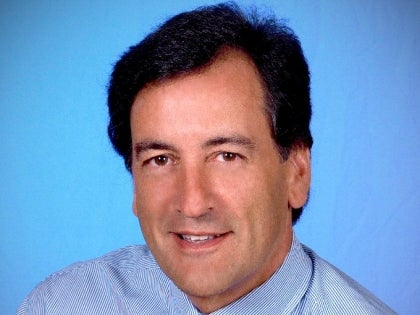
Senator Fuschillo Introduces Legislation to Help Utilize Public-Private Partnerships to Fund Transportation Infrastructure Projects
Charles J. Fuschillo Jr.
May 23, 2011
-
ISSUE:
- Transportation
Innovative Infrastructure Development Act Would Help Create Tens of Thousands of Jobs, Unlock Billions of Dollars in Private Capital, & Address State’s Infrastructure Crisis
Senator Charles J. Fuschillo, Jr. (R-Merrick) today introduced legislation that would create new jobs and new capital by helping New York State utilize public-private partnerships to finance transportation infrastructure projects.
The legislation (S5445), named the Innovative Infrastructure Development Act, comes at a time when the state’s transportation infrastructure is facing a serious crisis. The state is replacing and rehabilitating far below the necessary number of bridges and highways to maintain a state of good repair. Nearly half of New York’s 17,400 state and local highway bridges are either deficient now or will become deficient within the next ten years.
“Our massive transportation infrastructure is facing a crisis which current funding sources alone cannot address. Public-private partnerships are a proven tool which governments across the country and around the world have used to build, and rebuild, their infrastructure. New York needs to utilize P3s to improve our infrastructure so that it is safe, reliable, and efficient for all who use it,” said Senator Fuschillo, Chairman of the Senate’s Transportation Committee.
Public-private partnerships (P3s) enable governments to partner with the private sector to finance the construction, maintenance, and operation of infrastructure projects. Given the private sector’s vested financial interest in completing projects on-time and under-budget, P3s often perform more efficiently than their counterparts and save money. 29 other states and Puerto Rico have enacted laws authorizing public-private partnerships for highway & bridge projects.
The Innovative Infrastructure Development Act would give the DOT, MTA, New York State Bridge Authority, and New York State Thruway Authority greater flexibility to enter into P3 agreements to finance and deliver transportation infrastructure projects.
A 2009 report issued by the New York State Commission on State Asset Maximization (SAM) noted a number of successful P3 projects in New York State, including the Terminal 4 project at Kennedy Airport and the Kennedy Airport AirTrain. The report also identified and recommended a number of transportation improvement projects that could be financed using P3.
Infrastructure projects not only improve safety and efficiency on the roadways; they bring tremendous economic development benefits. The U. S. Department of Transportation estimates that 25,000 jobs are created for every $1 billion spent on transportation infrastructure projects. Many of these are in the construction industry, a sector which lost over 15,000 jobs in the last year alone, according to the New York State Department of Labor. Unemployment in the building and construction trade industry is currently between 40 and 60 percent, according to the New York State Building and Construction Trades Council.
Private sector companies are ready and willing to invest in P3 transportation infrastructure projects. A report in today’s Wall Street Journal noted that as much as $400 billion is available world-wide from investor groups for P3 transportation projects.
“These projects bring tremendous economic development benefits. At a time when the construction industry continues to face massive unemployment, getting these projects moving will help create jobs and put people back to work,” Senator Fuschillo added.
Senator Fuschillo introduced the legislation after chairing a Transportation Committee hearing examining the use of P3s in New York State. Experts from government agencies, the private sector, non-profit organizations, and labor & trade organizations offered their input on how public-private partnerships could be utilized in New York State.
####


